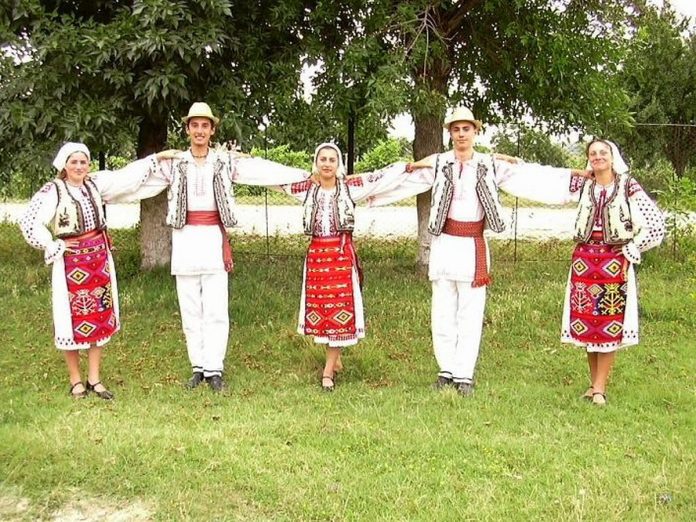Without the Ia, Romanian traditional blouse there is no folk and folk tradition, as without folk ensembles and customs, the folk costumes would not enjoy such a high value nationally, but also abroad. On June 24, folk art creators and artists put Romanian at the basis of national identity, write Agerpres.
Buzau is a county of contrasts from a folk and traditional point of view, being at the border between the old historical regions of Wallachia and Moldavia, but keeping at the same time its own character, with unique traditions specific to the mountain areas or the Baragan plain. The glue of all folk ensembles spread from the curvature of the Carpathians down into sunflower-covered fields is Ia.
According to the County Center for Culture and Art, the county’s dowry gathers various folk ensembles such as the Plaiurile Mioritei Ensemble, the Craitele Folk Ensemble from Ramnicu Sarat, the Flori de Baragan Folk Ensemble from Glodeanu Silistea, the Spic de Grau Ensemble from Mihailesti, the Coronita Folk Ensemble from Spataru, the Macoveiu Traditions Ensemble from Padina, the Plai cu dor Ensemble from Plaiul Nucului-Lopatari, the Ensemble from Manzalesti, the Bisoceanca Ensemble, the Ciobanasul from Gura Teghii, the Mugurii Siretului, the Datini Nehoiene or Dragaicutele.
„Each ensemble has a folk costume. We are the county with a multitude of folk costumes, we tried to keep them in each area separately. Each ensemble has its own folk costume and folklore. Not everyone dances the same folk costume.
For example, the costume from Ramnicu Sarat, an area of interference with Vrancea county, keeps a combination of elements from Vrancea and Buzau counties, while the costume from Gura Teghii has a floral motif specific to the mountain area. The authentic costume from Gura Teghii was the one with beads, a flowered photo, but with beads, and in 1983, 1984 costumes with sequins appeared.
The Gura Teghii, Plaiul Nucului ensembles have kept their costume from the past, for 100 or so years. In Manzalesti we still have very old folk costumes and in Bisoca, where the shepherd-like stitch has been preserved. The woolen stitch is on the home cloth and has a certain cut,” Nina Stamate, artistic consultant at the County Center for Culture and Art, told AGERPRES.




